Deploy4Me - a service that deployed itself

What happened is what we have been waiting for so long. Our idea was embodied in a
Having come a long way from an idea to a service, through a mountain of code, ticket walls and a sea of tests, we can say with confidence that we started.
Our service puts software in the cloud. Mostly large server products, but there is room for small environments for programmers.
What is Deploy4Me?
Deploy4Me is a service for installing business software in the cloud without coding, reading manuals, using tambourines and other shamanistic devices. According to the principle of Next, Next, Next.
How did the idea of a service come about? When the phrase “Now we quickly install and ...” sounded , and a long experience in IT suggested that “now” is an indefinite concept, and sometimes tends to infinity. Here we thought, why not make the installation service, so that it would simply, in the foreseeable time and without mistakes, put the software in the cloud. So the idea of Deploy4Me was born.
Of course, I had to sweat, the project dates were postponed a couple of times, at one time they even succumbed to thoughts about finding investments and tried to find them. But still - it was possible. Implemented everything they wanted. Without investment and in a reasonable time.
How does the service work?
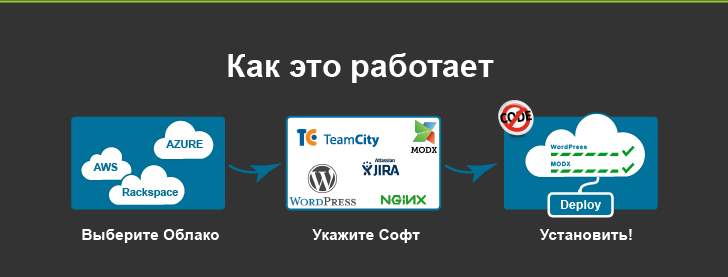
Deploy4Me works with the Amazon cloud (so far only with it). The main feature was access to the user's own cloud. It is in the user's cloud that we install software. So, this is not a hosting service that resells Amazon's power. The advantage is that you have complete control over your virtual machines . Wanted - removed the connection to Deploy4Me, and that's it - you're in the house. Added a connection - and again you can continue the installation.
The number of cloud connections is unlimited. This is convenient if you need to install something in the customer’s cloud.
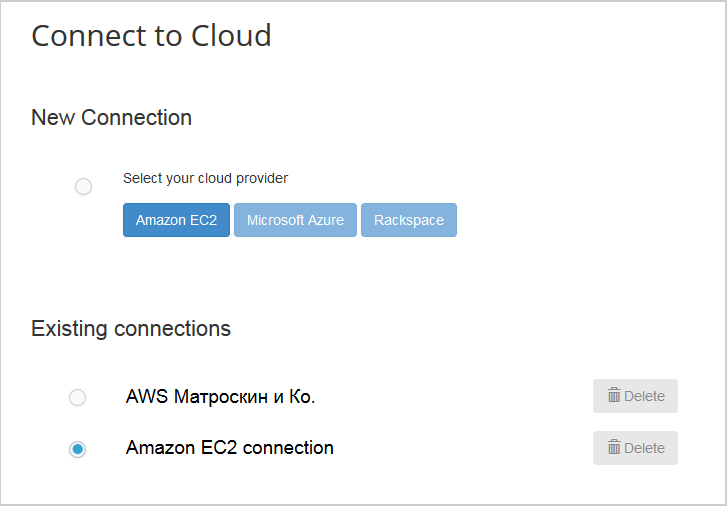
A large amount of time and effort was spent on implementing an interface for working with software. I wanted to make it as clear and convenient as possible. So there was copying, combining, splitting, adding and removing servers in the interface. Each function was thought out and tried. For example, merging takes into account compatibility with the operating system and the ability to share ports.
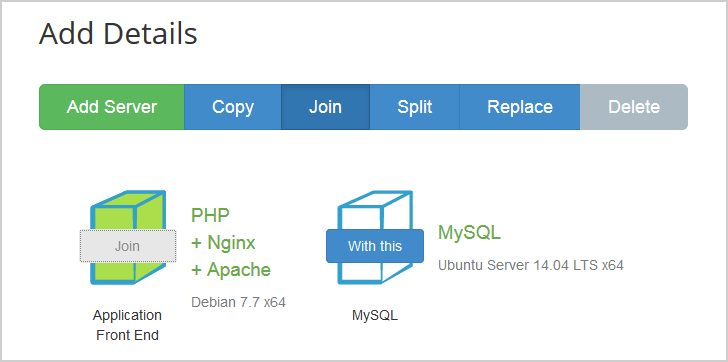
How did the service deploy itself?
When we were preparing for the release, it was time to deploy the combat infrastructure , wiki, ticket system and blog. Everything would be fine, but, having tried to use our own service for this, we came across various limitations. We are IT specialists ... and the infrastructure is such a thing. I wanted to put a separate database. We want everything. Have we really made a service, and we won’t be able to install our servers through it. This is ridiculous. As they say, if you do not use your product yourself, then others will not use it either.
After much debate whether to add features now or to postpone, emotions prevailed and for another 2 months we sat down for coding and testing. So the possibility of separating the database from the frontend was realized!
As an example of a WordPress with a separate database:
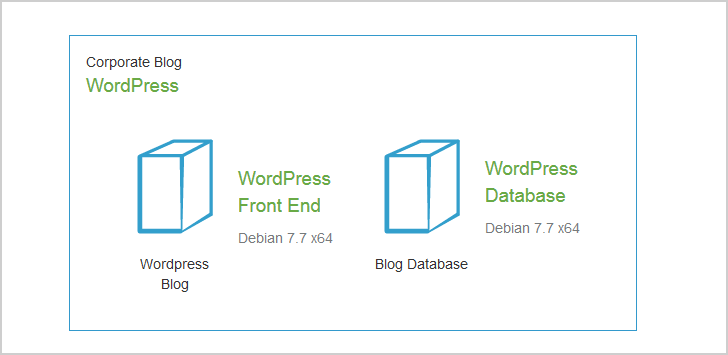
Our happiness knew no end until another thought crept in. The task is this: there are 2 farms, in each farm on the front and the database. And why not ... combine the databases on one server and even on one port =) It is said - done.
Here's what the combination of Jira and Confluence in a database looks like:
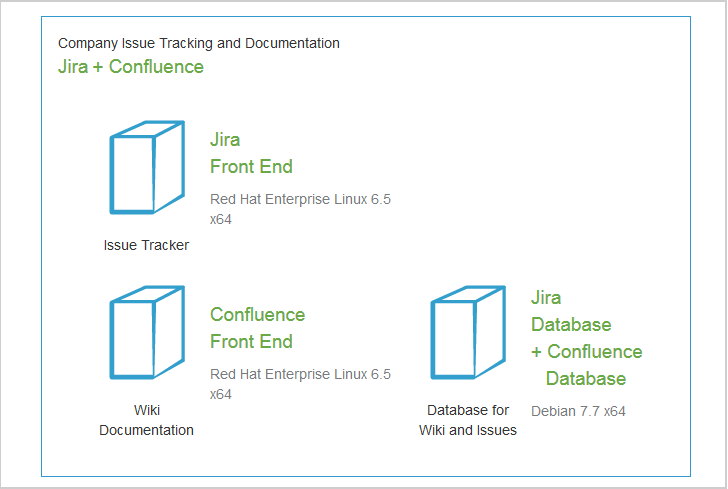
What's next?
There are many development plans. We will continue to communicate with customers. Develop partnerships with manufacturers of software that can be installed through our service. Improve and add goodies. There are a couple of unrealized aces up your sleeve =)
Write reviews and suggestions, use Deploy4Me .
Thank you for reading
Upon registration, free loans are given.
